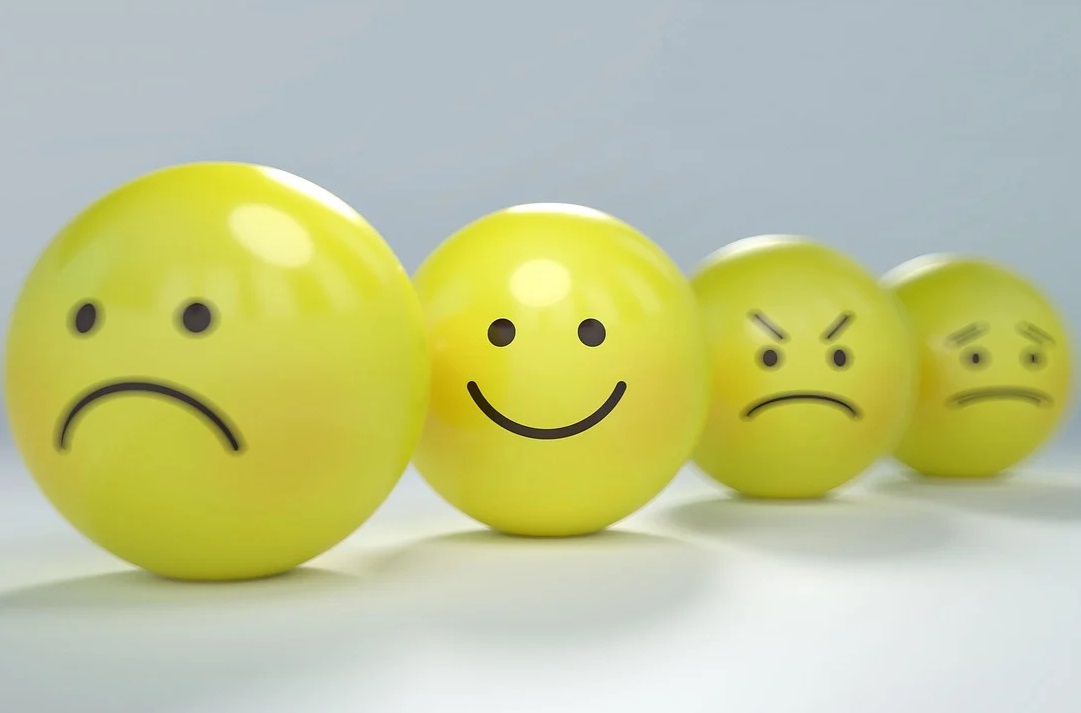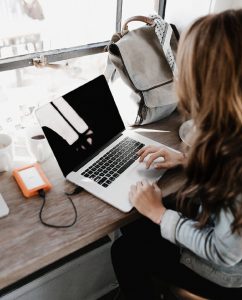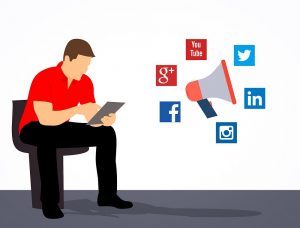Human feelings and emotions are intricate and how humans react to multiple factors in their surroundings is very complex and influenced by infinite things. When counting our blessings, we often tend to ignore simple things, and we never envision how our life would be without those elements and colors are definitely one of them. In this article, we will discuss about the color psychology. Keep reading
Have you ever noticed when you see something new or after entering a new place, what is the first thing you observe? The answer to this question by most of us would be color. The human brain starts perceiving colors soon after you are born, and your mind is flooded with seven billion colors right after your birth. The effect of color on human behavior cannot be dismissed. Positive experiences in life-related to a specific color have an overall impact on you, making that particular color your favorite one. Colors are always associated with different moods and meanings, and this concept gave birth to a whole new study of color psychology.
What is Color Psychology?
In simplified words, it could be defined as
Color Psychology is the study of hues and tones and its effect on overall human behavior, emotions, and choices.
Color Psychology and its Impacts
Researches in the domain of Color Psychology show that colors can affect our mood, sleep patterns, physical and mental health. Some colors can make you feel calm, and some colors can even give you a headache.By learning the impact of a few basic colors, you can influence people and persuade them about different things.
We have listed some fundamental colors to give you a comprehensive insight into color psychology.
● Red is the color of danger and attractiveness
In color psychology, red color is often associated with danger, but there are many other ways how red makes us behave. The red color is related to attractiveness and allures. Color Psychology says that Red color also increases the speed and quality of our responses. Studies showed that when people see red color, their brains generate a robust and decisive response. That is why red color is used in traffic lights to stop the vehicles because it catches more attention, and a quick response is required. Red color can also induce nervousness.
● Yellow is a warm happy color
Yellow is in the category of warm colors and is widely accepted as a happy color. Color Psychology indicates that yellow can make you feel satisfied and delightful. The yellow color is related to confidence, joy, and creativity. Maybe that’s why emojis are mostly yellow, and a bright sunny day is considered a happy day.
● Green can make you productive
Green is the shade of nature. Color Psychology correlates the green color to freshness, good health, growth, and life. Green is a relaxing color, that is why you see most of the spas have their interiors consisting of dominant green shades. It is a great color to utilize if an organization wants to represent growth, safety, or inspiration. That is why psychologists suggest painting workspaces green because it increases productivity.
● Blue represents Calmness and Professionalism
The sky is blue, the sea is blue, and what is common between these two things. If you are thinking of calmness, then you are correct. Light shades of blue can boost health benefits such as lowering blood pressure, reducing stress levels, and lowering pulse rate. That is why clinics and hospitals are usually painted blue, and the hospital staff can also be seen wearing blue shades most of the time. The darker shades of blue are also related to sadness and emotional distance. The Color Psychology of blue coloring is complex and has diverse interpretations. Blue is the theme color of all famous companies because it can make people behave professionally and productively.
● Pink is not only for women
The association of a particular color with gender is changing now, but pink is the color of the female gender for ages. Pink is associated with femininity and delicateness. Most cosmetic products companies utilize the pink color to target the female market because pink is connected with sensitivity and tenderness. Pink has direct effects on how people act too. Researchers had found that when prisoners’ cells were painted pink, it reduced the aggression of the inmates, made them behave calmly, and decreased their restlessness.
● White symbolizes Peace and Purity
Color Psychology says that white is the color of peace and less aggression. White is associated with purity and cleanliness. White is also linked with innocence and safety. The negative associations of white include boredom and emptiness.
● Black has a distinct significance
Black is actually the absence of color. Black makes people act in various exciting ways. Black color is associated with charm and attractiveness, regardless of gender. Black color clothing makes you look elegant and graceful. In some situations black color can make people hostile too, and in different cultures, black is the color of death, fear and all the world’s evils.
Conclusion
Colors can make people behave in a certain way and affect performance, which is why Color Psychology has extensive use in consumer behavior and marketing. Color psychology is widely used in digital marketing because of its ability to make people respond and act in a certain way. Color Psychology is still developing, and there is still a lot to discover about it in the upcoming years.




